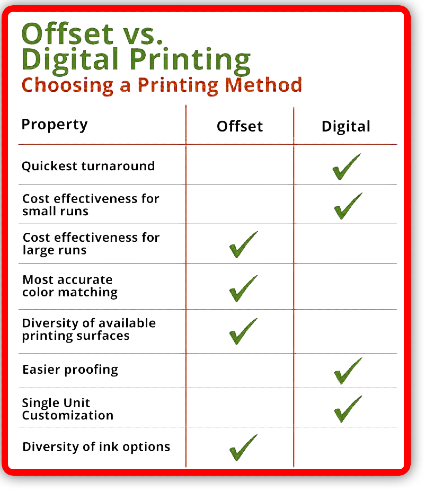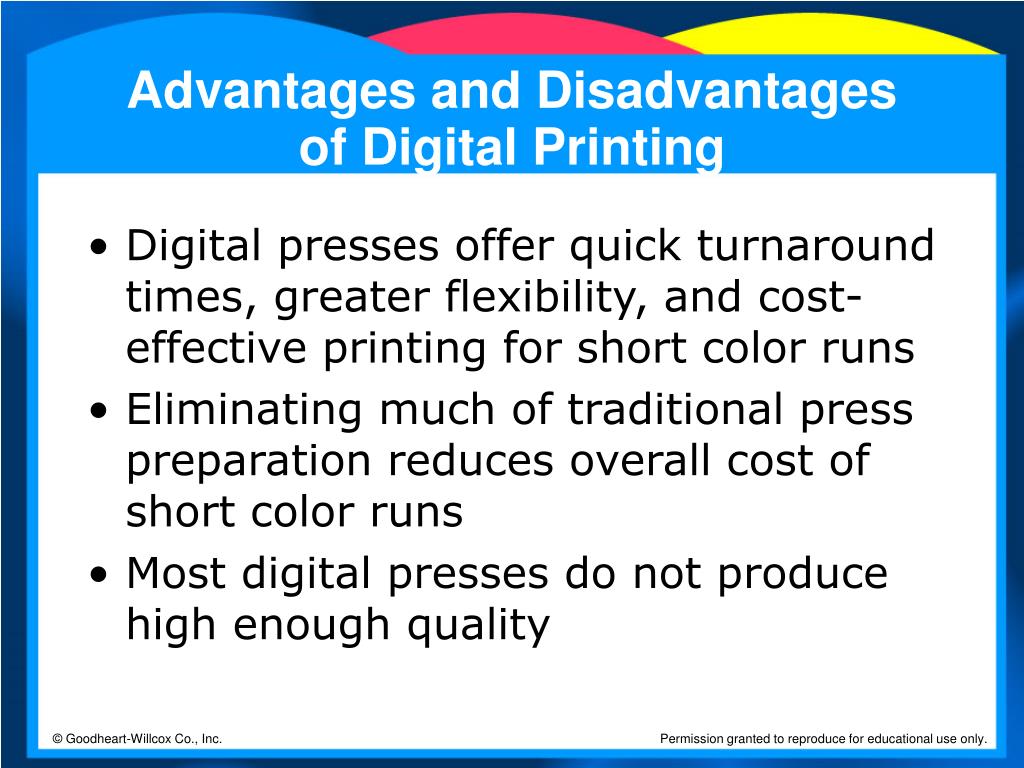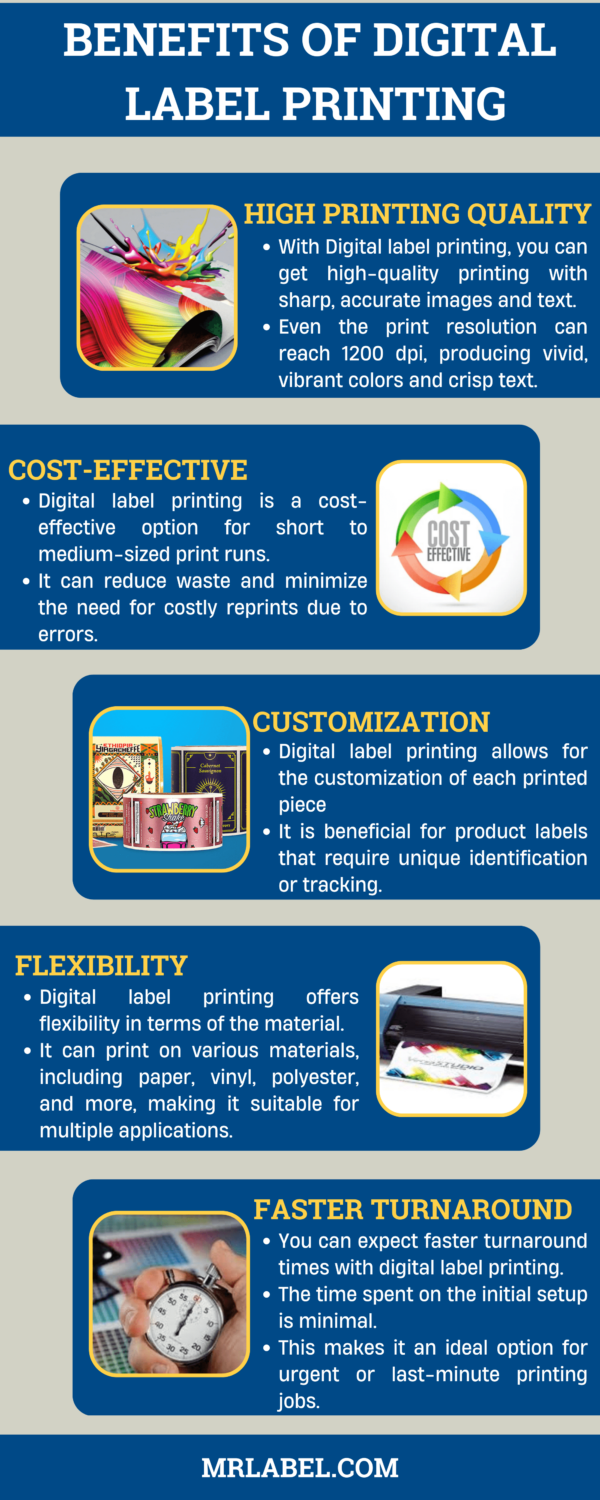What Does Digital Printing Do?
What Does Digital Printing Do?
Blog Article
9 Simple Techniques For Digital Printing
Table of ContentsThe 45-Second Trick For Digital PrintingThe Buzz on Digital PrintingThe 6-Minute Rule for Digital PrintingThe Best Strategy To Use For Digital PrintingLittle Known Facts About Digital Printing.4 Easy Facts About Digital Printing Explained
Variable data printing, such as direct mail with customized codes and addresses, is preferably matched for electronic printing. Digital fast printing just requires 4 actions of layout, testimonial, printing and binding to obtain whatever done. Digital quick printing has an unequaled benefit: print on need.According to PMMI, digital printing enables brands and producers to react swiftly to client demands while boosting the supply chain, lowering warehousing cost and waste, and appreciating faster time to market. That all noises terrific, however exactly how does this modern technology do all that? The major differentiator of these innovations is that there are no set up charges and no plates with electronic printing.
The Ultimate Guide To Digital Printing
According to Wikipedia, the best distinction between digital printing and standard methods such as lithography, flexography, gravure, or letterpress - Digital Printing is that there is no requirement to change printing plates in electronic printing, whereas in these analog printing approaches home plates are repeatedly changed. This leads to quicker turn-around time and decreases cost when using electronic printing.
Digital printing is highly flexible, so it's very easy to make adjustments to the package style rapidly. It all goes back to the plates.
Extra inventory can indicate more waste later on. With traditional printing approaches, short-run printing is just not possible. Since a fantastic design can make or break your product, electronic printing regularly creates premium, clear and vibrant graphics each time. Digital printing on flexible pouches adds the brilliant, vibrant, and precise graphics that almost beckon customers to connect and touch them.
Digital printing is the process of printing digital-based images directly onto a range of media substratums. There is no requirement for a printing plate, unlike with offset printing. Digital data such as PDFs or desktop posting documents can be sent out directly to the digital printing press to print on paper, image paper, canvas, material, synthetics, cardstock and various other substrates.
An Unbiased View of Digital Printing
According to PMMI, electronic printing enables brand names and manufacturers to respond quickly to client needs while improving the supply chain, minimizing warehousing cost and waste, and appreciating faster time to market. That all sounds wonderful, but exactly how does this innovation do all that? The significant differentiator of these technologies is that there are no set-up costs and no plates with electronic printing.
According to Wikipedia, the best distinction in between electronic printing and conventional techniques such as lithography, flexography, gravure, or letterpress is that there is my sources no demand to replace printing plates in digital printing, whereas in these analog printing methods home plates are repetitively replaced. This leads to quicker turn-around time and decreases linked here price when using digital printing.

More About Digital Printing
With traditional printing techniques, short-run printing is just not possible. Due to the fact that a great design can make or damage your product, digital printing continually produces top notch, clear and vivid graphics each time.

According to PMMI, digital printing allows brands and manufacturers to react promptly to consumer needs while enhancing the supply chain, minimizing warehousing expense and waste, and appreciating faster time to market. That all audios wonderful, yet just how does this technology do all that? The significant differentiator of these modern technologies is that there are no set up fees and no plates with electronic printing.
Digital Printing for Dummies
According to Wikipedia, the best difference between electronic printing and traditional techniques such as lithography, flexography, gravure, or letterpress is that there is no need to change printing plates in digital printing, whereas in these analog printing approaches home plates are continuously changed. This leads to quicker turnaround time and why not try these out lowers price when using digital printing.
Digital printing is highly flexible, so it's easy to make changes to the bundle design promptly. It all goes back to the plates.

Some Known Facts About Digital Printing.
Digital printing is the process of printing digital-based pictures straight onto a variety of media substrates. There is no requirement for a printing plate, unlike with balanced out printing. Digital data such as PDFs or desktop publishing files can be sent straight to the electronic printing machine to publish theoretically, image paper, canvas, textile, synthetics, cardstock and various other substrates.
Report this page